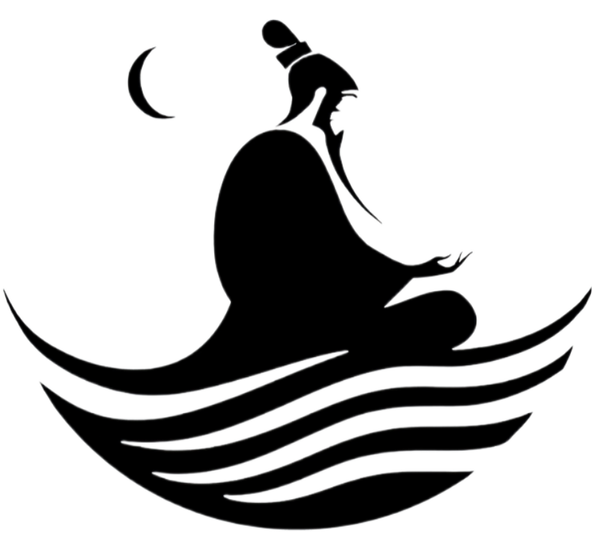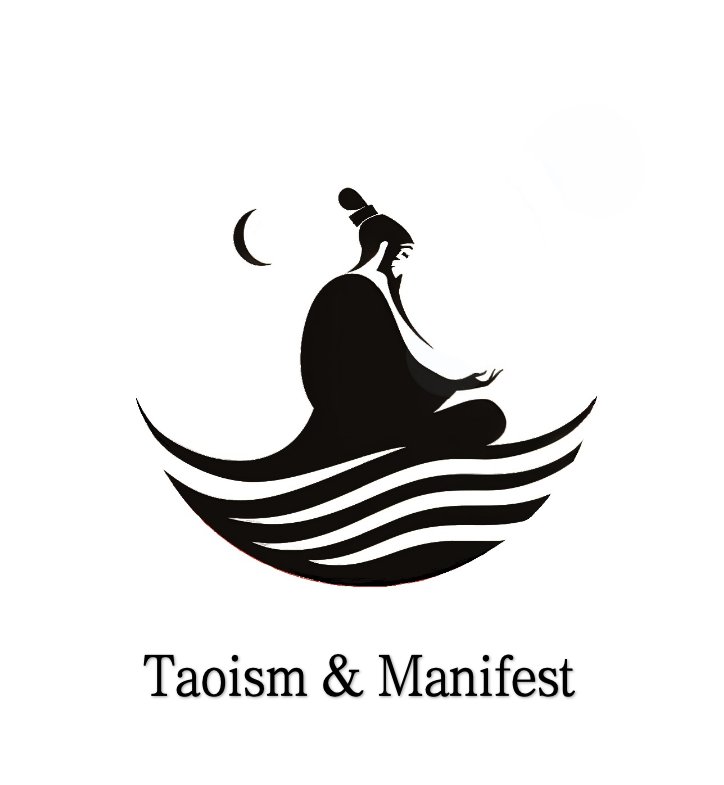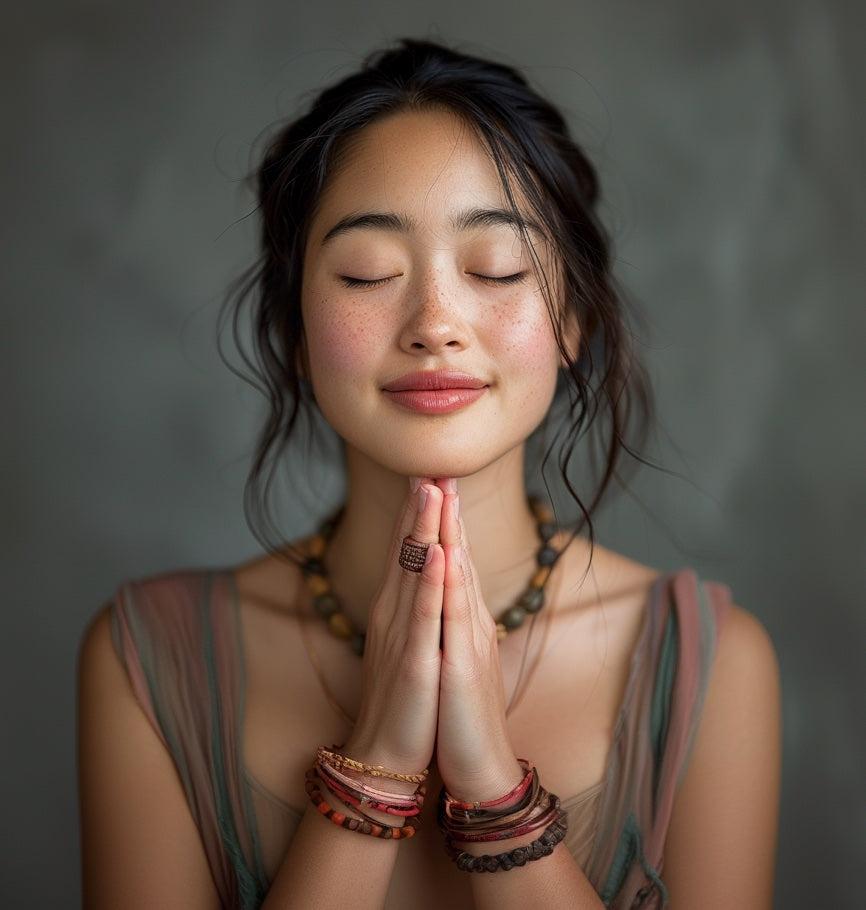
Many people think Zhongyong means to give up or settle. But Taoism shows this idea is much deeper. The philosophy teaches true strength comes from balance and being flexible. It does not come from being stubborn or going to extremes. Modern psychology also finds that people who adapt and keep balance feel happier and stronger. They also feel more fulfilled in life. Taoism’s teachings encourage everyone to find harmony inside themselves and with the world. This philosophy shows that being flexible and balanced is not weak. These are strong ways to live.
Key Takeaways
Zhongyong is about finding balance and not going to extremes. This helps people become strong and live in harmony.
Taoism says it is better to be flexible and go with changes. This is stronger than being stubborn or too forceful.
The Yin-Yang symbol shows how opposites can work together. They help make balance and harmony.
If you practice Zhongyong and Taoist ideas, you can stay calm. You can also make better choices and have good relationships.
Living with balance and being kind each day brings peace. It also brings happiness and helps you grow as a person.
Zhongyong Defined
The Middle Way
Zhongyong is called the Doctrine of the Mean. It is an important idea in Chinese ethics. This idea comes from old philosophy and is found in the Classic of Rites. Zhongyong teaches people to keep balance and harmony in life. The word "zhong" means not leaning to one side. The word "yong" means staying steady. Together, they show a way that avoids going to extremes. Taoism and Confucianism both care about this idea. But each tradition understands it in its own way.
Confucian philosophy uses Zhongyong to help people act with moderation. It also teaches sincerity and propriety. These ideas tell people to do their roles in society. They should not go too far or hold back. Zhongyong helps people grow by thinking about their actions. It helps them stay true to their duties. Taoism links Zhongyong to the natural flow of the Tao. It says true strength comes from following the Tao. People should live in harmony with nature. This way values ren, li, and growing good character. Both traditions see Zhongyong as a way to help people grow and become better.
Common Misunderstandings
Many people today do not understand Zhongyong. Some think it means being average or always giving in. This idea misses what the philosophy really means. Zhongyong does not tell people to hide their feelings. It does not say to avoid conflict no matter what. Instead, Zhongyong asks people to think about themselves. It teaches balance and being able to change. The idea does not mean being a "yes-person." It does not mean fixing problems without real answers.
Modern media sometimes shows Zhongyong as avoiding hard choices. But this is not what the teachings want. The philosophy wants people to use moral thinking. It asks them to act with sincerity. Ren and li are important in this. The teachings care about real harmony, not just fake peace. Zhongyong is always changing and moving. It helps people deal with change and become stronger in morals. The idea supports growing good character and moral strength. It is a guide for people and society to grow.
Taoism and Balance

Taoism focus on the idea of balance. This balance is not just about staying in the middle or avoiding problems. The philosophy teaches that real harmony comes from active engagement with life. People who follow these teachings learn to move with change, not against it. They do not just settle for less or give up their values. Instead, they use the principle of Zhongyong to find a path that fits the flow of the Tao.
Yin-Yang in Taoism
The philosophy of Taoism uses the symbol of Yin and Yang to show how balance works. Yin and Yang are two forces that exist in everything. Yin is soft, quiet, and gentle. Yang is strong, active, and bright. These forces are not enemies. They work together and change into each other. This idea helps people understand that life is always moving and shifting. The teachings say that a person should not lean too much to one side. If someone only follows Yang, they might become too forceful. If someone only follows Yin, they might become too passive. The principle of Yin-Yang shows that both sides are needed for true harmony.
Taoism describes this balance as a living process. It is not about being stuck in the middle. It is about adjusting and responding to what is happening. The Tao is always changing, so people must stay aware and flexible. The teachings encourage everyone to accept change and find peace in the flow of life. This approach helps people stay strong and calm, even when things get hard.
Taoism also teaches that relationships work best when both sides seek harmony. People should show compassion, patience, and understanding. These values help create real connections and avoid fake peace. The philosophy values authenticity over perfection. It is better to be real and open than to pretend everything is fine.
Softness Overcoming Hardness
One of the most famous teachings in Taoism is the principle of softness overcoming hardness. The philosophy uses water as a symbol. Water is soft and gentle, but it can wear down the hardest rock. Laozi wrote that everyone knows softness can overcome hardness, but few people practice it. This teaching shows that real strength comes from being flexible and patient.
The Tao teaches that people do not need to fight or force things to get results. Instead, they can use the principle of Wu Wei, or effortless action. Wu Wei means acting in a way that fits the natural flow. It is not about doing nothing. It is about not forcing or pushing too hard. When people follow Wu Wei, they find that things often work out better. The philosophy says that letting go of control can lead to more influence and better outcomes.
The teachings of Taoism encourage people to avoid extremes. The Tao Te Ching says that wise people do not go to excess or become too rigid. They act with humility and simplicity. They know when to step back and when to move forward. This principle helps people stay balanced and avoid problems that come from going too far in one direction.
Modern psychology supports these ideas. Studies show that people who keep balance in their emotions and actions feel happier and healthier. They bounce back from stress more easily. In workplaces, people who use mindfulness and balance, inspired by Taoist philosophy, show better focus and less stress.
Tip: Think of the Tao as a river. The river flows around rocks and obstacles. It does not stop or break. It finds a new path and keeps moving. This is how Taoism teaches people to live—with flexibility, patience, and quiet confidence.
Taoism and Taoism both show that balance is not just a passive state. It is an active way of living. The teachings of the Tao help people find harmony, avoid extremes, and use softness as a true strength. This philosophy gives practical tools for facing life’s challenges with calm and wisdom.
Strength in Practice

Everyday Application
People sometimes ask how Zhongyong and Taoism work in daily life. Many people use these ideas when they make choices or solve problems. They pay attention to timing, harmony, and keeping things balanced. For example, business owners use Zhongyong to make fair choices that fit the moment. Workers use these ideas to handle hard jobs and fix arguments at work. They try to understand others and look for balance, which helps them solve problems without going to extremes.
In everyday life, Zhongyong thinking helps people deal with stress. It teaches them to stay away from extremes and look for the middle. This way helps people feel better and have stronger friendships. Research shows that people who use these ideas feel less worried and have more confidence. They also feel happier with their lives. In groups, like when making money choices, Zhongyong helps people work together and think about others. These ideas guide people to act with ren and li, which means being kind and following good manners.
Tip: When you have a hard choice, stop and think about both sides. Ask yourself, "What choice brings peace and respects people?" This easy step can help you make better choices.
Resilience and Self-Mastery
Taoism gives ways to build calm and grow as a person. Activities like Tai Chi and Qigong mix movement and quiet thinking. They help people connect their body and mind, bringing balance and calm. These ideas helped start today’s mindfulness practices. Both Taoist and mindfulness ways try to lower stress and help people feel whole.
Mindfulness is now popular in the West and has proof it lowers worry and lifts mood. Taoist ideas focus on the flow of qi and living with the Tao. Both ways help people control feelings and build self-control. By using these teachings, people learn to act with ren and li, showing moral strength and understanding others. They stay away from extremes and pick good actions, which leads to a more balanced and happy life.
Wholeness Through Taoism
Authentic Living
Authentic living in Taoism means following the Tao. It also means accepting life as it is. People should accept both their strengths and weaknesses. This helps them understand ren and li better. These ideas are important in Chinese ethics. Wholeness does not mean being perfect. It comes from living honestly and doing good things every day.
Authentic living asks people to be sincere and kind. Ren and li help people make good choices and connect with others. By following the Tao, people learn to balance what they want. They also learn to let go of things they cannot change. This helps people grow and find peace inside. The teachings say real strength comes from harmony, not fighting or forcing things.
Taoist philosophy is different from Western ideas. Western thinking often tells people to chase personal goals. Taoism values acceptance and going with the flow. The teachings tell people to live simply and enjoy the present. They also say to trust the natural rhythm of life. This way, people can find peace and happiness inside.
Steps to Cultivate Balance
The teachings give easy steps to find balance every day. First, people should follow the Tao’s natural flow. They can watch what happens and change their actions when needed. The teachings say to practice ren and li by being kind and respectful to others.
Second, the teachings say to keep life simple. People should let go of wants that do not matter. Balance means knowing when to act and when to rest. Mindfulness and meditation help people stay calm and aware.
Third, the teachings say to accept change. Life always changes, and being flexible makes people strong. The teachings guide people to look for harmony and avoid going to extremes. They also say to trust the process of growing as a good person. By following these steps, people can build strong values and feel well.
Taoist teachings show that wholeness is not far away. It is about living each day with ren, li, and respect for people. This way helps people grow and find balance in a world that keeps changing.
The philosophy of Zhongyong, when seen with Taoist ideas, says real strength comes from balance and being whole. These teachings help people use moderation and harmony every day. The philosophy changes to fit new problems by teaching people to be flexible and think clearly. It also teaches people to act in a calm and balanced way. Many teachings now help people notice their feelings and control them. They also help people bounce back from hard times. The philosophy asks everyone to think about what they do and try to grow as a good person. By using these teachings, anyone can feel calm and strong.
Tip: Stop for a moment before you react. Let the idea of balance help you decide what to do next.
FAQ
What is the main idea behind Zhongyong?
Zhongyong helps people look for balance in life. It teaches everyone not to go to extremes. The philosophy wants people to find harmony in what they do each day.
What do the teachings of Zhongyong suggest about handling problems?
The teachings say people should stay calm when facing problems. They should look for a balanced answer. This helps people not to react too fast. It also helps them think before they act.
What makes Zhongyong different from just compromising?
Zhongyong is about harmony and growing as a person. It does not mean giving up what you believe. The philosophy helps people act with purpose. It guides them to find real balance.
What role do the teachings play in personal growth?
The teachings help people think about what they do. They guide people to get better and make good choices every day.
What is the value of balance in this philosophy?
Balance helps people feel strong and calm. The philosophy shows that living with balance makes life happier and more steady.






